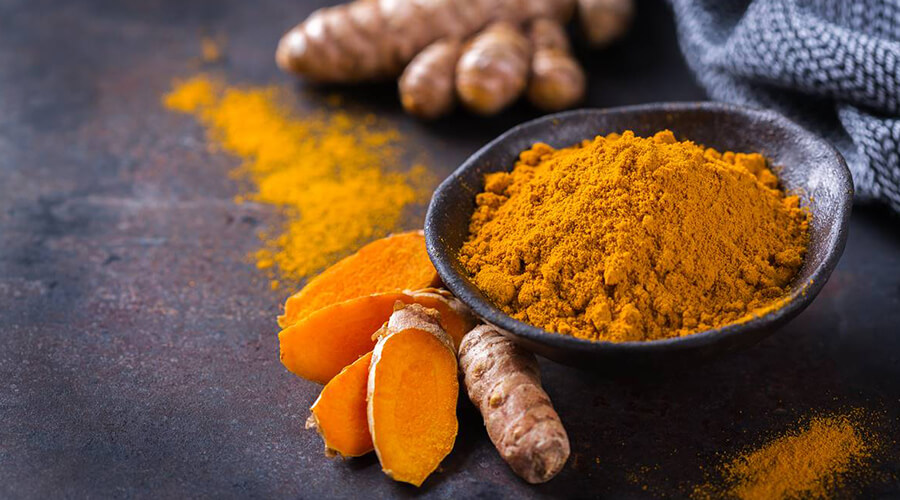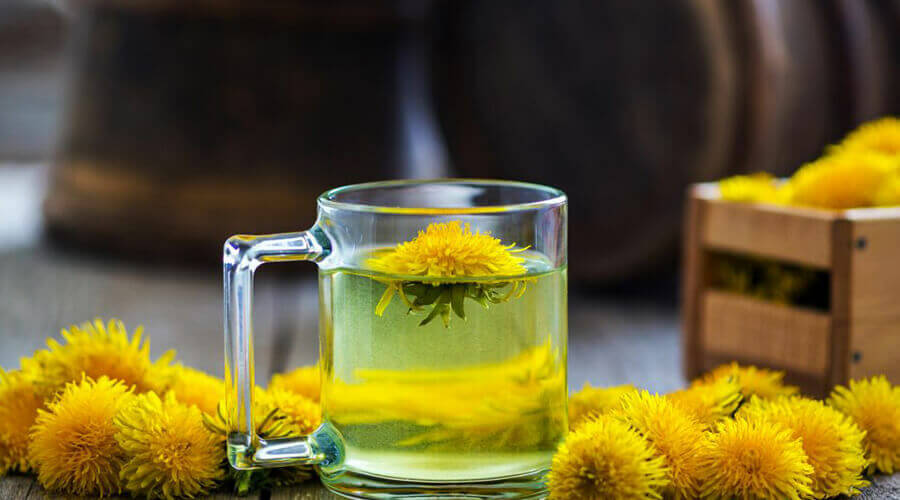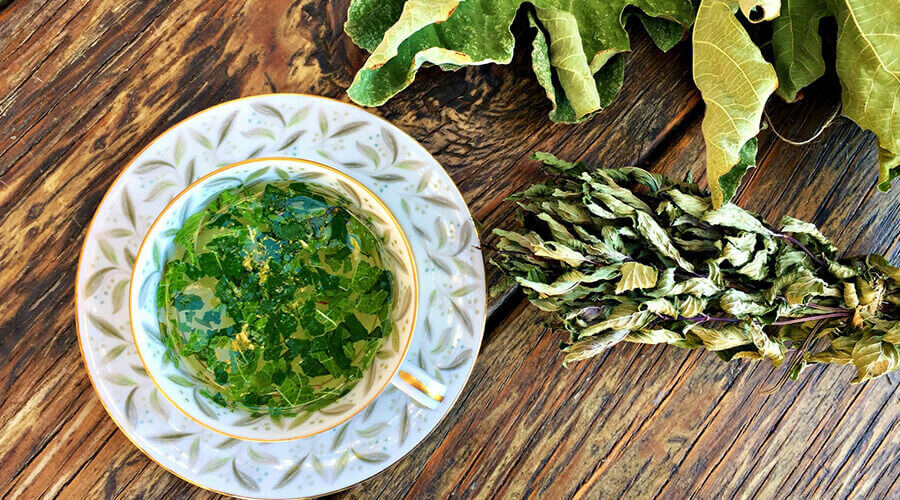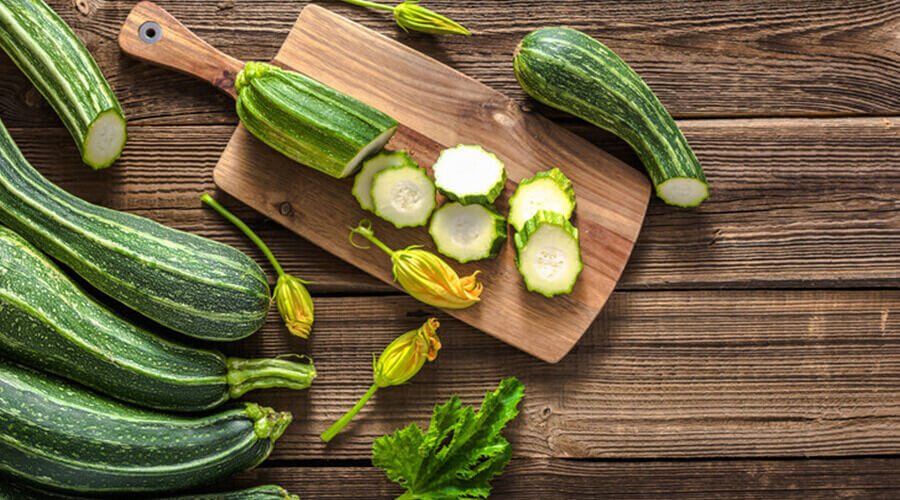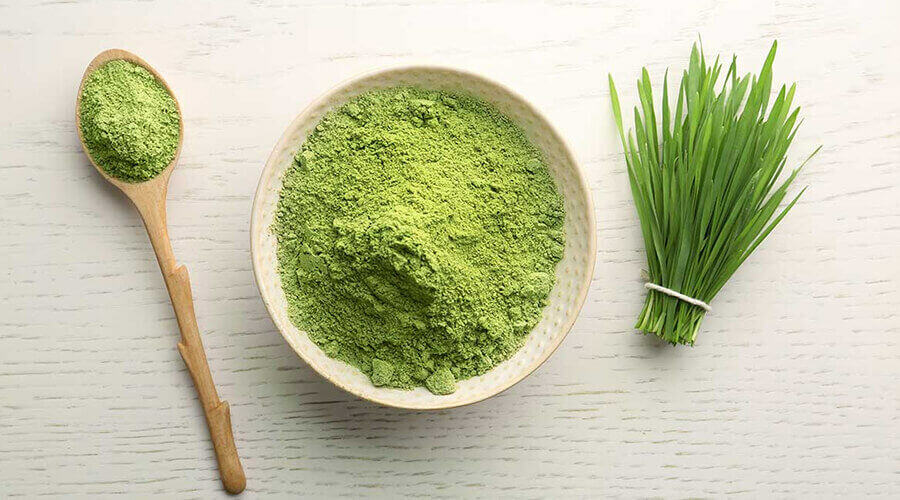
Hypertension has many more risk factors, but persistent low blood pressure is not negligible.
Low blood pressure can also cause dizziness, fainting, nausea, fatigue, shivering, clammy skin and breathlessness.
What is low blood pressure?
According to the WHO definition, chronic low blood pressure is defined as having a first blood pressure reading, i.e. the upper limit, of 100 mm Hg or less for women and 110 mm Hg or less for men. So if you are curious to know what is the extent of low blood pressure, these are the figures you need to be aware of!
The right treatment for low blood pressure can be determined by knowing the exact cause, but there are some simple home remedies you can use at any time to reduce symptoms. Let’s look at what can be done to treat low blood pressure at home.
Treating low blood pressure at home
Fruit for low blood pressure
For low blood pressure, it is recommended to eat fruits that are high in iron, zinc and B vitamins. Examples include bananas, kiwi, oranges, melons and raspberries. It is also recommended to eat vegetables such as spinach, broccoli and kale, as they are high in potassium, which helps to increase blood pressure.
Raisins
Raisins are a great remedy for treating low blood pressure. Just soak 30-40 grains of raisins in 1 glass of water overnight. Eat the whole thing on an empty stomach in the morning and drink the water you soaked the raisins in overnight.
Carrot juice
In order to relieve the symptoms of low blood pressure, start the day with fresh carrot juice and a little honey. Simply mix 2 tablespoons of honey into a glass of carrot juice. This should be consumed 2 times a day, in the morning on an empty stomach and in the evening.
Salt water for low blood pressure
Treating low blood pressure with salt water can be very effective. Salt water helps relieve the symptoms of low blood pressure because the sodium in salt raises blood pressure. However, do not overdo this method. Mix half a teaspoon of salt in a glass of water and drink it.
Garlic for low blood pressure
Garlic is a plant with various medicinal properties, including the control of blood pressure. Garlic has the ability to increase the potassium content in the blood, which can help to raise blood pressure. In addition, the active ingredients in garlic can stimulate the elasticity of the blood vessel walls and improve the functioning of the vascular system, which can help to increase blood pressure.
Treatment of low blood pressure with herbs
Tea for low blood pressure
Since low blood pressure can be treated with herbal remedies, herbal teas cannot be left out of the list. For low blood pressure, mix 50 grams of both peppermint and rosemary in the herbal tea. Sip it twice a day. Rosemary herbal tea for low blood pressure can even be used as a treatment on its own. Drink this in the morning instead. In addition, tea made from marjoram can also be used to relieve low blood pressure symptoms. Use peppermint and rosemary as essential oils. Evaporate or add to bath water. In addition, the herb hyssop is also known to be used for low blood pressure. It is recommended to take one cup a day on an empty stomach.
Capsaicin
Another herb for low blood pressure is red pepper. The peppers have a pungent taste due to, among other things, the capsaicin they contain. Despite its pungency, capsaicin is very useful in medicine. Although it can be irritating to the skin at first, it also has a pain-relieving effect after prolonged use. One of its beneficial properties is said to be that it increases metabolism. Its warming and irritating effects cause blood to become more abundant, increasing blood supply to the tissues.
In the case of low blood pressure, the general advice to exercise and drink enough fluids still applies.
Exercise has many other health benefits. It is recommended to choose a form of exercise that exercises the cardiovascular system. Examples include running, cycling and swimming.
The recommended daily amount is 2.2 to 3 litres, but this of course depends on age, physical activity and of course the temperature outside
The Kapsamax balm contains 11 herbs including capsaicin which is a great analgesic. The essence of Kapsamax is the combination of strong paprika with herbs. The beneficial herbs pass through the muscles and do their work. Capsaicin is a very powerful antispasmodic and muscle relaxant. Kapsamax balm helps to relax stiff muscles and also helps to relieve stiffness. Other ingredients in Kapsamax balm include: aloe vera, arnica, juniper, Scots pine, thyme, eucalyptus oil, chamomile, calendula, rosemary, horse chestnut.
First aid for low blood pressure
Raise your head lower: stand up or lie down and raise your legs to allow blood to flow to your brain.
Regular exercise. People with low blood pressure are also advised to exercise regularly. However, it is important to increase the intensity and duration gradually to avoid over-exertion.
Drink something salty: it is possible to raise blood pressure with salt, so it is recommended to drink salt water.
If necessary, it is advisable to eat fruits rich in iron and zinc and foods rich in B vitamins such as bananas, kiwi, oranges, melons and raspberries.
If your symptoms of low blood pressure are severe or persistent and the above procedures do not help, see a doctor immediately.


